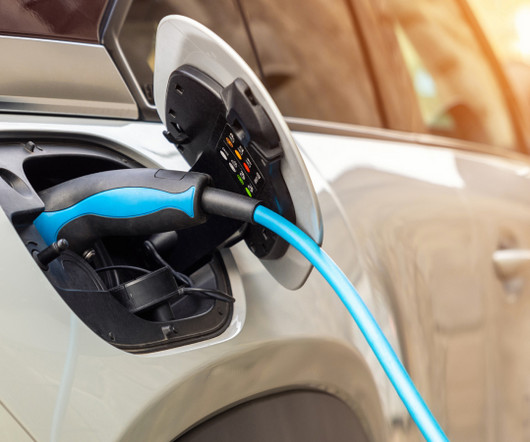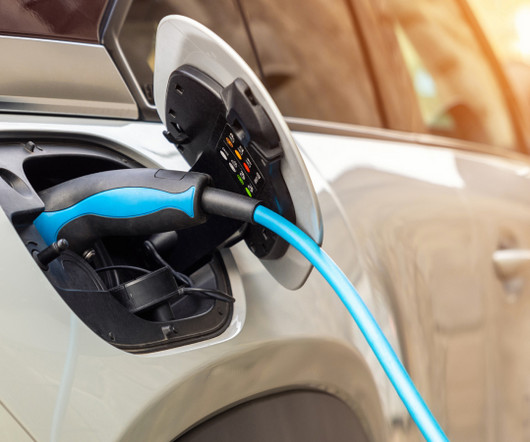100+ Supply Chain Crisis Statistics: Raw Materials, Covid-19, Labor Shortages, and More
ToolsGroup
APRIL 1, 2022
Overcome supply chain challenges – and maximize margins in the face of inflation – with retail planning software and demand forecasting tools. Demand container capacity is expected to exceed the actual capacity available through 2026. million jobs critical to the supply chain and manufacturing industry will remain unfilled by 2030.
















Let's personalize your content